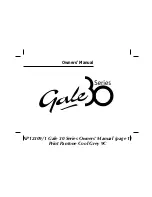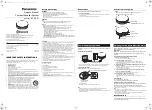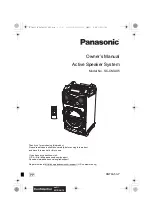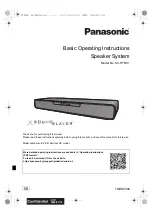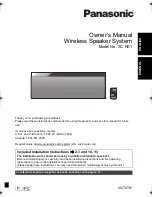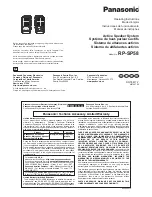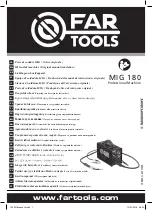
Functional characteristics
TIG welding
099-00T405-EW501
02.07.2020
21
1st cycle
• Press torch trigger 1
, the gas pre-flow time elapses.
• HF start pulses jump from the electrode to the workpiece. The arc ignites.
• Welding current flows and immediately assumes the set ignition current
(search arc at minimum
setting). HF switches off.
• Ignition current flows at least for the start time
or as long as the torch trigger is held.
2nd cycle
• Release torch trigger 1.
• The welding current ramps up to the main current
(AMP) in the selected upslope time
.
Switching from the main current AMP to secondary current
(AMP%):
• Press torch trigger 2 or
• Tap torch trigger 1 (torch modes 1–6).
If torch trigger 2 is pressed together with torch trigger 1 during the main current phase, the welding cur-
rent decreases to the secondary current
(AMP%) in the set slope time
.
Once torch trigger 2 is released, the welding current increases again to the main current AMP in the set
slope time
. The parameters
and
can be set in the Expert menu (TIG)
> see 5.1.10 chapter
.
3rd cycle
• Press torch trigger 1.
• The main current decreases to the end-crater current
within the set down-slope time
.
Once the main current phase
AMP has been reached, you can shorten the welding sequence by tap-
ping torch trigger 1 (third cycle will be omitted).
4th cycle
• Release torch trigger 1; arc is extinguished.
• Set gas post-flow time
runs.
When the foot-operated remote control is connected, the machine switches automatically to non-latched
operation. The up- and down-slopes are switched off.
Alternative welding start (tapping start):
For the alternative welding start, the durations of the first and second cycle are defined by the set process
times only (tapping the torch trigger in the gas pre-low phase
).
To activate this function, set a two-digit torch mode (11-1x) at the machine control. This function can also
be deactivated completely when required (welding stop by tapping remains active). To do so, the
pa-
rameter must be switched to
in the machine configuration menu
> see 5.6 chapter
.
5.1.4.4 spotArc
This process is suitable for tack welding or joint welding of metal sheets made from steel and CrNi alloys
up to a thickness of approximately 2.5 mm. Metal sheets of different thicknesses can also be welded on
top of one another. As this is a one-sided process, it is also possible to weld metal sheets onto tubular
sections such as round or square pipes. In arc spot welding, the arc melts through the upper metal sheet
and the lower metal sheet is melted onto it. This produces flat, fine-textured welding tacks which require
little or no post weld work, even in visible areas.
EXIT
4s
Figure 5-8
The up-slope and down-slope times should be set to “0” to achieve an effective result.
































